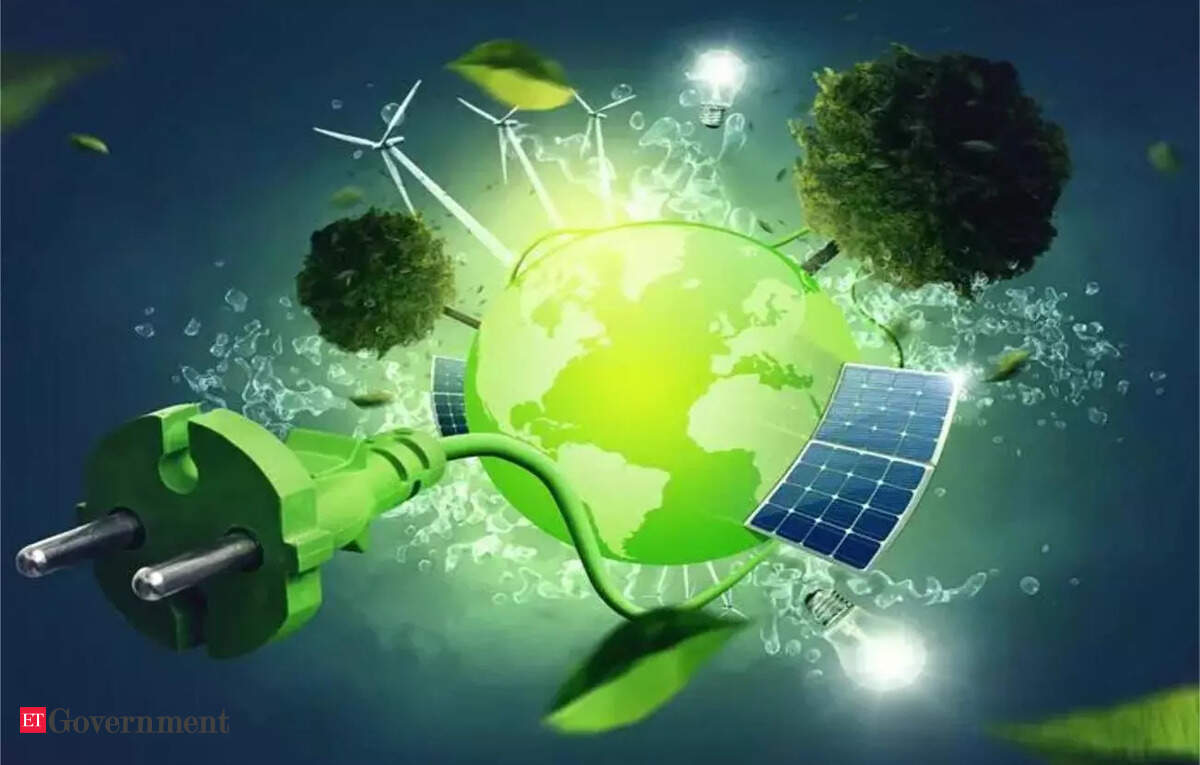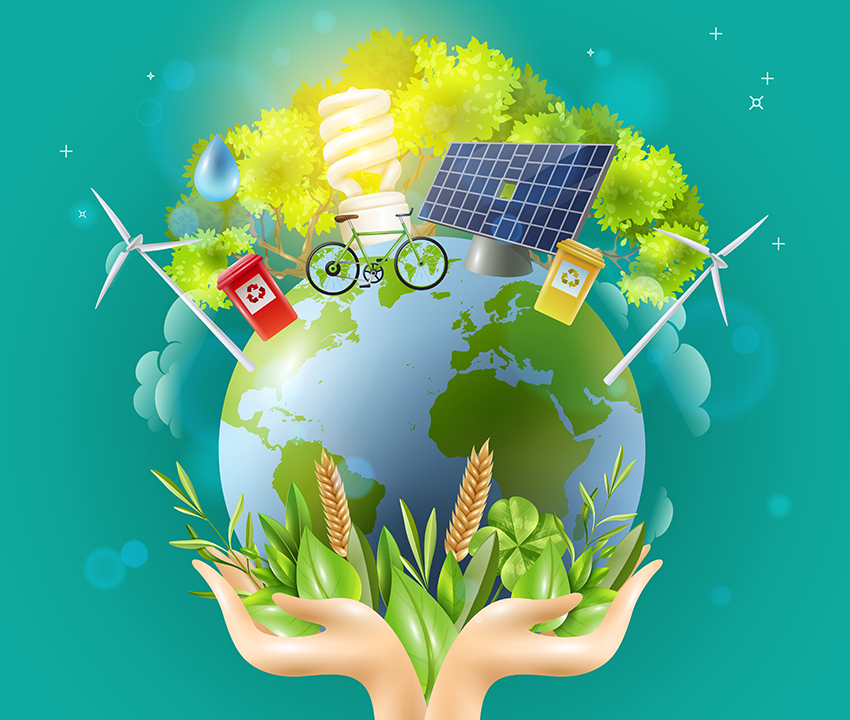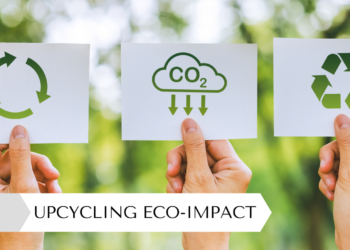From renewable energy solutions to waste management systems and eco-friendly building materials, green technologies are transforming various industries. In this article, we will explore how green innovations are driving the shift toward a more sustainable future, the technologies leading the way, and the role of businesses and governments in supporting this movement.
A. Understanding Green Innovation and Its Importance
Before diving into specific green technologies, it’s important to understand what green innovation encompasses. Green innovation refers to the creation and implementation of products, services, or processes that significantly reduce environmental harm. It involves not only finding new ways to conserve resources but also improving efficiency, reducing waste, and ensuring long-term ecological balance.
Green innovation is essential for a number of reasons:
Environmental Protection: It helps reduce harmful emissions, pollution, and the depletion of natural resources.
Economic Growth: Sustainable technologies can foster new industries, create jobs, and encourage more efficient use of resources.
Social Impact: Green innovation contributes to a better quality of life by improving health, reducing environmental hazards, and promoting social equity.
Ultimately, green technologies are not just about conserving the planet but about ensuring that the earth remains livable for future generations.
B. Key Green Technologies Shaping the Future
The rapid advancements in green technologies are diverse and span multiple sectors, ranging from energy to transportation and agriculture. Let’s explore some of the key technologies that are playing a critical role in reducing our carbon footprint and enhancing environmental sustainability.
1. Renewable Energy Solutions
Renewable energy has emerged as one of the most promising solutions to combat climate change. By harnessing natural resources like sunlight, wind, and water, renewable energy technologies are replacing fossil fuels, which are the primary contributors to global warming.
Key Renewable Energy Technologies:
Solar Power: Solar panels convert sunlight into electricity, and advancements in photovoltaic cells have significantly increased their efficiency. Solar power is now one of the most accessible and affordable renewable energy sources for residential and commercial use.
Wind Power: Wind turbines use the power of wind to generate electricity. Onshore and offshore wind farms are growing rapidly as they provide a renewable, clean source of energy.
Hydropower: Hydropower generates electricity from flowing water, typically through dams. It is one of the oldest renewable energy sources but continues to evolve with innovations such as small-scale and micro-hydropower systems.
Geothermal Energy: Geothermal power plants use heat from beneath the Earth’s surface to generate electricity and provide heating. This renewable energy source is highly sustainable and produces minimal environmental impact.
These renewable energy solutions not only reduce greenhouse gas emissions but also promote energy independence and security.
2. Electric Vehicles (EVs)
The transportation sector is one of the largest contributors to greenhouse gas emissions, and electric vehicles (EVs) are helping to revolutionize this industry. EVs, powered by electricity instead of gasoline or diesel, produce zero emissions during operation, making them a cleaner alternative to traditional vehicles.
Benefits of Electric Vehicles:
Reduction in Air Pollution: EVs reduce the amount of carbon monoxide, nitrogen oxides, and particulate matter in the air, leading to better air quality.
Lower Greenhouse Gas Emissions: When charged with renewable energy, EVs offer a significant reduction in greenhouse gas emissions compared to conventional vehicles.
Energy Efficiency: Electric motors are more efficient than internal combustion engines, resulting in lower energy consumption per mile traveled.
With advancements in battery technology, EVs are becoming more affordable, with longer driving ranges and faster charging times. Additionally, governments around the world are offering incentives to encourage the adoption of EVs.
3. Energy-Efficient Buildings
The construction industry is responsible for a significant portion of global energy consumption and carbon emissions. However, green building technologies are transforming this sector by promoting energy efficiency, waste reduction, and the use of sustainable materials.
Green Building Technologies:
Smart Thermostats and Energy Management Systems: These technologies help optimize energy consumption by automatically adjusting heating, cooling, and lighting based on real-time occupancy and environmental conditions.
Insulation and Energy-Efficient Materials: Advanced insulation materials and energy-efficient windows reduce heat loss in buildings, leading to lower energy demands for heating and cooling.
Green Roofs and Solar Panels: Green roofs are covered with vegetation, providing insulation, improving air quality, and reducing stormwater runoff. Solar panels integrated into buildings help generate renewable energy on-site.
Sustainable Construction Materials: Eco-friendly building materials, such as recycled steel, bamboo, and low-VOC paints, reduce the environmental impact of construction projects.
Energy-efficient buildings contribute to reducing energy consumption, lowering operational costs, and minimizing the environmental footprint of the built environment.
4. Waste Management and Recycling Technologies
Waste management is a critical aspect of environmental sustainability. Innovations in waste recycling and disposal have a direct impact on reducing landfill waste, conserving resources, and lowering carbon emissions.
Innovations in Waste Management:
Composting Technologies: Modern composting systems turn organic waste into valuable compost that can be used to enrich soil, reducing the need for chemical fertilizers and promoting sustainable agriculture.
Waste-to-Energy (WTE) Systems: WTE technologies convert non-recyclable waste materials into usable energy, such as electricity or heat, through processes like incineration or gasification.
Advanced Recycling Systems: New recycling technologies enable the sorting and processing of various waste streams more efficiently, reducing contamination and increasing recycling rates. These technologies make it easier to recover valuable materials such as metals, plastics, and paper.
Effective waste management not only reduces landfill waste but also conserves natural resources and mitigates pollution.
5. Sustainable Agriculture Technologies
Agriculture plays a significant role in environmental sustainability, and innovations in this sector are helping to reduce the environmental impact of farming while increasing food production.
Key Agricultural Innovations:
Vertical Farming: Vertical farming involves growing crops in stacked layers, often in urban environments, using less water, space, and energy compared to traditional farming. This method reduces the need for transportation, thus lowering the carbon footprint of food.
Precision Agriculture: Precision farming uses technologies like GPS, sensors, and drones to monitor crop health, soil conditions, and water usage, leading to more efficient use of resources and better crop yields.
Biological Pest Control: Instead of relying on harmful pesticides, biological pest control uses natural predators, parasites, or pathogens to control pest populations, promoting healthier ecosystems and reducing chemical pollution.
These agricultural innovations help reduce water usage, energy consumption, and waste while promoting biodiversity and food security.
C. The Role of Governments and Businesses in Supporting Green Innovation
While green technologies are advancing rapidly, their widespread adoption requires support from both governments and businesses. Governments play a critical role in creating policies, regulations, and incentives that encourage the development and implementation of green technologies. Businesses, on the other hand, are responsible for adopting these technologies and integrating them into their operations.
1. Government Policies and Incentives
Governments around the world are implementing policies and offering incentives to promote green innovation. Some of the most effective measures include:
Subsidies and Tax Incentives: Governments offer financial incentives for the adoption of renewable energy technologies, electric vehicles, and energy-efficient buildings.
Research and Development Funding: Public funding for research and development (R&D) accelerates innovation in green technologies by supporting the development of new solutions.
Environmental Regulations: Stringent regulations on emissions, waste management, and energy efficiency drive businesses to adopt greener practices.
2. Business Commitment to Sustainability
Many businesses are recognizing the importance of sustainability and are integrating green technologies into their operations. From large corporations to startups, companies are investing in renewable energy, energy-efficient practices, and sustainable products. Businesses are also working closely with governments, NGOs, and other stakeholders to drive the transition to a greener economy.
Green innovation is not a trend but a necessity in today’s world. Technologies that promote sustainability, energy efficiency, and environmental conservation are shaping a brighter, more sustainable future. The shift toward green innovation requires collaboration between governments, businesses, and individuals to reduce our carbon footprint and build a more resilient planet.
As these green technologies continue to evolve and become more accessible, we can expect them to play an even greater role in reshaping industries, communities, and economies. By embracing green innovation, we not only preserve the environment but also create a more sustainable, equitable, and prosperous world for future generations.















